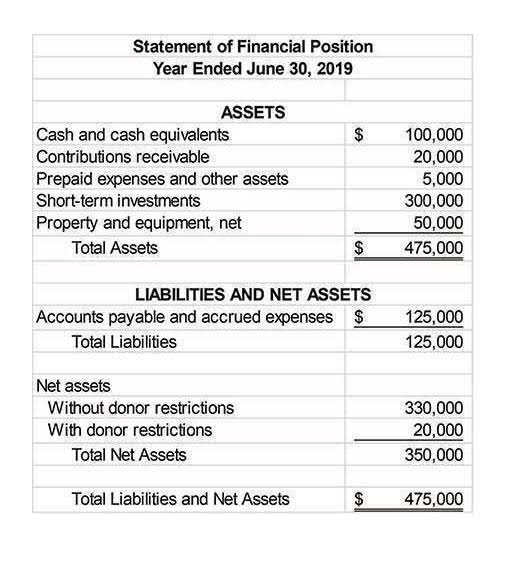
Misinterpreting this figure could lead to significant budgeting errors, affecting overall project outcomes. Stating at the top of the report that “all figures are in millions of dollars” should take care of it. A millimeter, one-thousandth of a meter, is essential for precision in engineering, manufacturing, and scientific research. This tiny measurement unit is perfect for gauging small objects like wires and card thickness. Mastering millimeter usage and conversions is key to accuracy in both daily activities and specialized tasks. After understanding what a millimeter means, let us study how to convert millimeters to liters.

Convert 8,540,000 mm into hectometers.

A millimeter (abbreviated as mm and sometimes spelled as millimetre) is a small unit of displacement (length/distance) in the metric system. “$1mm” signifies one million dollars in financial contexts. Recognizing this abbreviation is essential for interpreting financial statements and investment discussions. Ever stumbled across the term “$1mm” and wondered what it means? In the world of finance and business, abbreviations and jargon can often leave us scratching our heads. If the company sells 26,000 units, the accountant can record that as 26M units.
Millimeter and Metric Units
We can use the conversion chart to convert 147.5 mm into cm. While you can make MM stand for millions of anything, it’s important that the reader knows whether you’re talking about dollars, euros, units shipped, etc. If, say, you use it for both units and dollars in the same document, separate the different categories so your readers don’t get confused. $1mm accuracy is vital in financial contexts and various fields to ensure precision. You might not put a lot of thought into your abbreviations, and that’s okay. However, there are official abbreviations out there that you might virtual accountant come across, and it would help to know about them.

Tools to Measure Millimeter
- Misinterpreting this figure could lead to significant budgeting errors, affecting overall project outcomes.
- It’s also common to see K used for 1,000 and B for a billion.
- “M” is the only acceptable abbreviation to use for “million” in UK English.
- For example, experiments requiring specific equipment need exact financial figures to ensure proper funding.
- Some examples of objects having about 1 millimeter length areA sharp pencil point and the tip of a sewing needle are approximately 1 mm in length.
- Even if you have a significant figure to represent, such as 12 billion, you could still write it as 1200MM, which would be understood.
- This can cause confusion in the United States, where “mil” traditionally means a thousandth of an inch.
Company A has issued the $ 10,000,000 shares of $ 100 each. At the end of the year, the earnings per share were $ 10. The Authorized Share Capital of Company is $15,000,000 shares of $ 100 each i.e. $ 1,500,000,000. Out of which, it issued $ 100,000,000 worth of shares only. The barred M was necessary because the Romans didn’t use zero, and they didn’t like using more than three identical letters in a row.

Since a millimeter is a unit of length and a liter is a unit of capacity, the correct unit to convert to a liter will be cubic millimeters, denoted by the capacity unit. The correct abbreviation for “million” in the UK is only M. “M” is the only acceptable abbreviation to use for “million” in UK English.
- Another theory is that it is a misprinting of the Greek letter phi.
- But due to confusion between M and MM, now the alternative notations are used for representing thousands and millions.
- The difference between $1mm and inches underlines the distinction between fiscal terminology and physical measurements, simplifying tasks when accurately differentiating the two.
- It should not be considered legal, tax, investment, or financial advice.
- In financial jargon, “$1mm” represents one million dollars.
- The Greek option is typically capitalized when multiple abbreviations are used for accounting purposes.
- In construction, precise $1mm figures help in contract bids and managing expenses effectively.
Without this accuracy, projects may face delays and increased costs. “mm” is often left uncapitalized (though there are no specific rules that state which way it should be written). It is Latin for multiplying one “thousand” by itself to create the “million” number.
- In financial contexts, $1mm signifies one million dollars, whereas micrometers (µm) denote a unit of length.
- 5 mm is roughly the diameter of a standard pencil eraser or the thickness of three stacked U.S. dimes.
- However, it’s fairly uncommon for “Million” to be abbreviated outside of scientific circles.
- To avoid confusion, use any and all abbreviations consistently throughout all your financial records.
- If you can’t go above three M’s in a row, you can’t get to 4,000, which would be MMMM.
- Researchers might outline their financial needs in these proposals, demonstrating how every dollar is allocated to specific experiments or equipment purchases.
- The least ambiguous approach is to simply write them out in words, such as “$ thousands.” This is Corporate Finance Institute’s recommended method, to avoid any potential confusion.
- Precision in $1mm measurements matters greatly in industrial applications.
- If you can’t go above three M’s in a row, you can’t get to 4,000, which would be MMMM.
- A millimeter is usually the smallest unit you can measure using a regular ruler.
- If the company sells 26,000 units, the accountant can record that as 26M units.
- In accounting speak, a written “MM” means a million, whether the accountant is referring to units, dollars, euros or shares.
If you see “one quintillion,” you know that mm meaning it’s a lot – and have spatial awareness of what it represents. The same principle applies to millions and billions when dealing with financing and accounting terms. Once you get to a large sum, it makes sense to abbreviate it in common ways to help everyone understand the figure without overwhelming them.
If you can’t go above three M’s in a row, you can’t get to 4,000, which would be MMMM. 5 mm is roughly the diameter of a standard pencil eraser or the thickness of three stacked U.S. dimes. An item that is 1mm long is about the size of the tip of a sharp pencil accounting or slightly thicker than a standard credit card’s thickness. Internet advertisers are familiar with CPM which is the cost per thousand impressions.




No Comments
Leave a comment Cancel